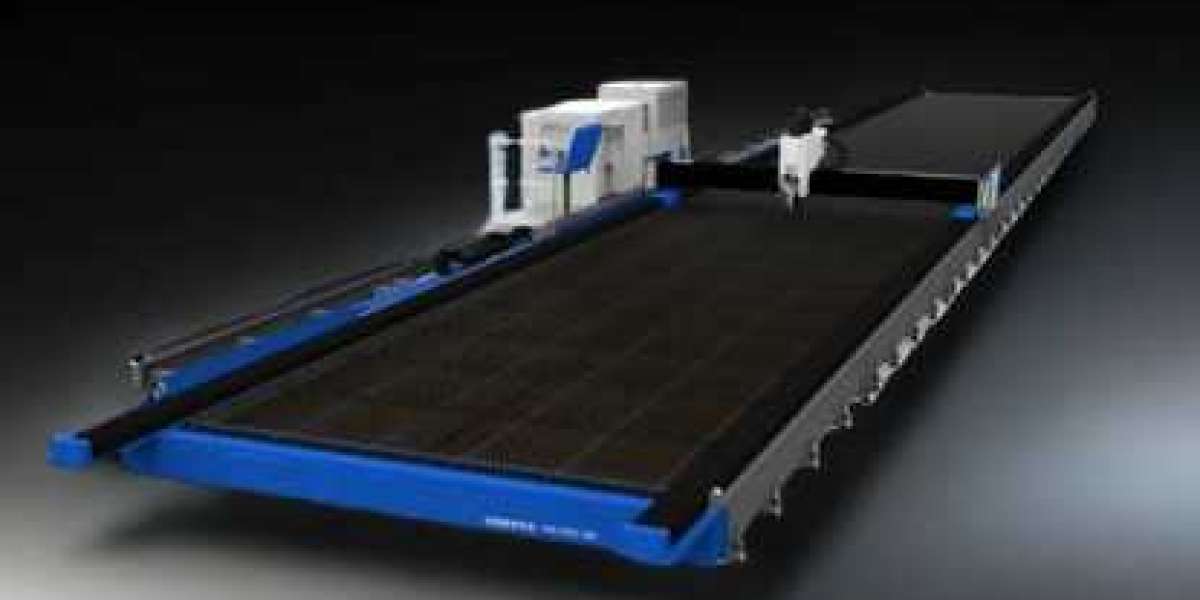 The Importance of Encryption in Choosing a Secure Wireless Security CameraWith the increasing demand for security, wireless security cameras have become a must-have necessity for homes and offices. However, with the convenience and ease of use of wireless cameras, there is a risk of unauthorized access or data breaches. Therefore, it's essential to choose a secure wireless security camera that provides adequate protection against such threats.One of the critical features to consider when selecting a wireless security camera is encryption. Encryption is a process of converting data into a code to prevent unauthorized access to that data. The process enables the camera to protect sensitive information such as video footage and login credentials.There are various types of encryption that wireless security cameras can use. The most common encryption types are WPA, WPA2, and AES. WPA (Wireless Protected Access) is an older encryption standard, and it's less secure. WPA2 (Wireless Protected Access 2) is the current encryption standard and provides better security than WPA. AES (Advanced Encryption Standard) is the most secure encryption standard and is used by most high-end wireless security cameras.Wireless security cameras that use AES encryption are the most secure, and they provide end-to-end security. The encryption ensures that the data transmitted from the camera to the receiver is encrypted, preventing unauthorized access or interception.Another aspect to consider is the level of encryption. A wireless security camera with 128-bit encryption offers a higher level of security than one with 64-bit or 56-bit encryption. The higher the number of bits, the more secure the encryption.Apart from encryption, it's also essential to ensure that the wireless security camera comes with other security features such as two-factor authentication, user management, and data backup. Two-factor authentication provides an extra layer of security by requiring the user to provide two forms of authentication, such as a password and a code sent to their mobile number, to access the camera.User management allows the administrator to control who can access the camera and what level of authorization they have. Data backup ensures that the data captured by the camera is not lost in case of a data breach or system failure.When choosing a wireless security camera, it's vital to ensure that it's manufactured by a reputable brand that provides regular security updates and support. A reputable brand is unlikely to compromise security for convenience.In conclusion, choosing a wireless security camera with encryption is essential in ensuring the security of video footage and login credentials. AES encryption is the most secure encryption standard, and it's recommended for high-end wireless security cameras. Other security features such as two-factor authentication, user management, and data backup also play a crucial role in ensuring the security of the camera. Always choose a trusted brand that provides regular security updates and support.
The Importance of Encryption in Choosing a Secure Wireless Security CameraWith the increasing demand for security, wireless security cameras have become a must-have necessity for homes and offices. However, with the convenience and ease of use of wireless cameras, there is a risk of unauthorized access or data breaches. Therefore, it's essential to choose a secure wireless security camera that provides adequate protection against such threats.One of the critical features to consider when selecting a wireless security camera is encryption. Encryption is a process of converting data into a code to prevent unauthorized access to that data. The process enables the camera to protect sensitive information such as video footage and login credentials.There are various types of encryption that wireless security cameras can use. The most common encryption types are WPA, WPA2, and AES. WPA (Wireless Protected Access) is an older encryption standard, and it's less secure. WPA2 (Wireless Protected Access 2) is the current encryption standard and provides better security than WPA. AES (Advanced Encryption Standard) is the most secure encryption standard and is used by most high-end wireless security cameras.Wireless security cameras that use AES encryption are the most secure, and they provide end-to-end security. The encryption ensures that the data transmitted from the camera to the receiver is encrypted, preventing unauthorized access or interception.Another aspect to consider is the level of encryption. A wireless security camera with 128-bit encryption offers a higher level of security than one with 64-bit or 56-bit encryption. The higher the number of bits, the more secure the encryption.Apart from encryption, it's also essential to ensure that the wireless security camera comes with other security features such as two-factor authentication, user management, and data backup. Two-factor authentication provides an extra layer of security by requiring the user to provide two forms of authentication, such as a password and a code sent to their mobile number, to access the camera.User management allows the administrator to control who can access the camera and what level of authorization they have. Data backup ensures that the data captured by the camera is not lost in case of a data breach or system failure.When choosing a wireless security camera, it's vital to ensure that it's manufactured by a reputable brand that provides regular security updates and support. A reputable brand is unlikely to compromise security for convenience.In conclusion, choosing a wireless security camera with encryption is essential in ensuring the security of video footage and login credentials. AES encryption is the most secure encryption standard, and it's recommended for high-end wireless security cameras. Other security features such as two-factor authentication, user management, and data backup also play a crucial role in ensuring the security of the camera. Always choose a trusted brand that provides regular security updates and support.
Search
Popular Posts
-
 Khám phá Nghệ Thuật Trồng Mai của Cổ Đại
By nguyenbich
Khám phá Nghệ Thuật Trồng Mai của Cổ Đại
By nguyenbich -
 Experience the Thrill of Aviator Game: A High-Flying Adventure
By annamdmd
Experience the Thrill of Aviator Game: A High-Flying Adventure
By annamdmd -
 Как изменится жизнь после покупки школьного аттестата: основные аспекты
Как изменится жизнь после покупки школьного аттестата: основные аспекты
-
 Stress-Free Removals in Blackpool, Preston, Garstang, Fleetwood, Wrea Green, and Kirkham
By jamesbpl
Stress-Free Removals in Blackpool, Preston, Garstang, Fleetwood, Wrea Green, and Kirkham
By jamesbpl -
 Расширенное описание приобретения документов в онлайн магазине
By sonnick84
Расширенное описание приобретения документов в онлайн магазине
By sonnick84



